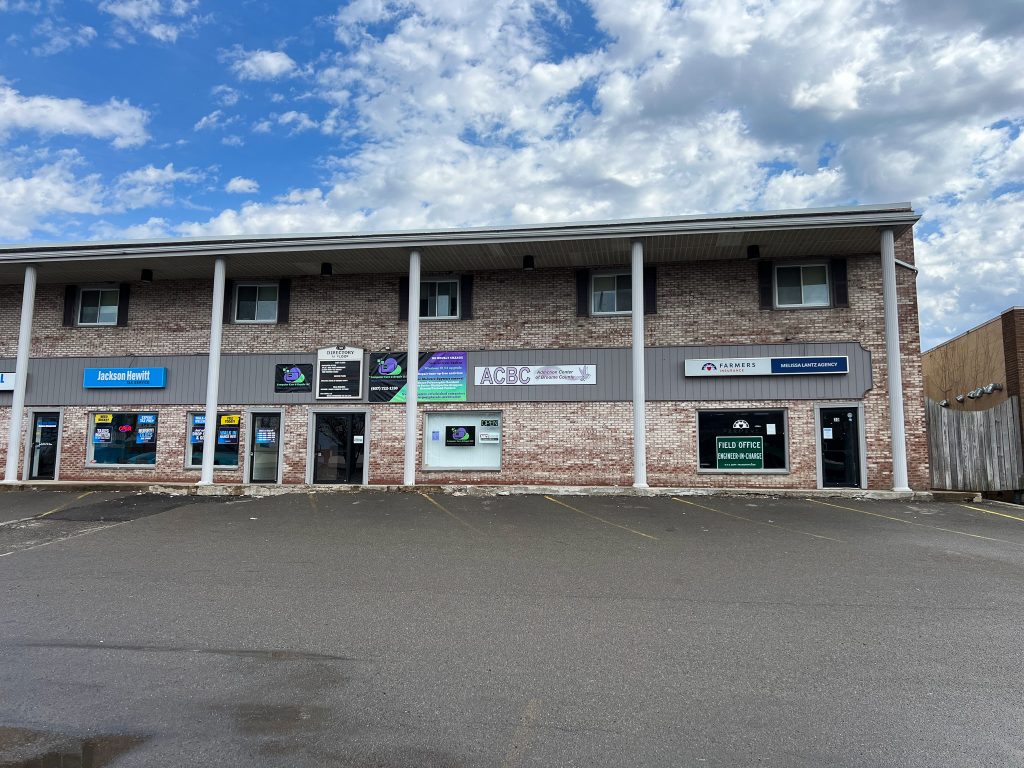Rep. Marc Molinaro urged Gov. Kathy Hochul last week to declare a state of emergency over the opioid epidemic that has ravaged the 19th Congressional District and the rest of upstate New York.
The push comes after a 2023 annual statistical report on opioid usage revealed that Broome County had a rate of 38 opioid overdose deaths per 100,000 people in 2021, the fourth highest in New York. A total of 75 opioid overdose deaths occurred in Broome County during that year. Greene, Sullivan and Chautauqua counties were also among the five counties with the highest overdose death rate from opioids. Other states like Massachusetts, Pennsylvania and Florida have previously declared public health or state emergencies in response to opioid abuse and related deaths.
“You can’t help but be alarmed by these grave statistics,” Molinaro wrote in a press release. “With Broome, Sullivan and Greene being in the top five for overdose rates in 2023, NY-19 is now the epicenter of the opioid crisis. I’m calling on [Hochul] to declare a state of emergency, because this is the greatest public health emergency of our lifetime and should be treated as such.”
In a January press conference, Broome County Executive Jason Garnar announced an over $402,000 settlement fund to support organizations and measures assisting those who suffer from opioid addiction. (8). This marked the second round of settlement payments Broome County distributed, with over $850,000 allocated last summer to various harm-reduction programs.
Upstate New York’s opioid epidemic has drawn attention from many state officials, including Letitia James, the attorney general. Last August, Broome County received about $1.6 million from settlements in lawsuits against opioid manufacturers and distributors, including a case where James alleged their improper practices had exacerbated the crisis.
Molinaro promoted a model to help those suffering from substance abuse or mental health issues when he was a county executive. Known as the Dutchess County Stabilization Center, the facility provides care for adults and children experiencing mental illness or emotional trauma. Molinaro argued the stabilization center model should be expanded statewide and include increased resources for treatment.
“Where there are drugs, there is crime, and it’s a vicious cycle,” Angelina Amatulli-Griffith, a junior majoring in biomedical engineering, wrote. “A clean county with less crime is a healthy county with less death. I think we need to focus on treating first the cause instead of the symptom.”
Throughout his time in Congress, Molinaro has worked to expand the stabilization center model in Broome and Sullivan counties and the rest of upstate New York. He has hosted roundtables centered around expanding treatment options in Broome and Sullivan counties and introduced bipartisan legislation to make it easier to access Narcan.
“It’s sad and concerning to know that such a crippling epidemic is occurring in our backyard here,” David Henty, a junior majoring in integrative neuroscience, wrote. “It speaks to the poverty, and likely, lack of quality education and community programs the residents of the county experience. If the numbers truly do indicate that this region of [New York state] is in crisis — relative to others — I absolutely support the declaration of a state emergency, which should help funnel needed resources and attention to this area.”



